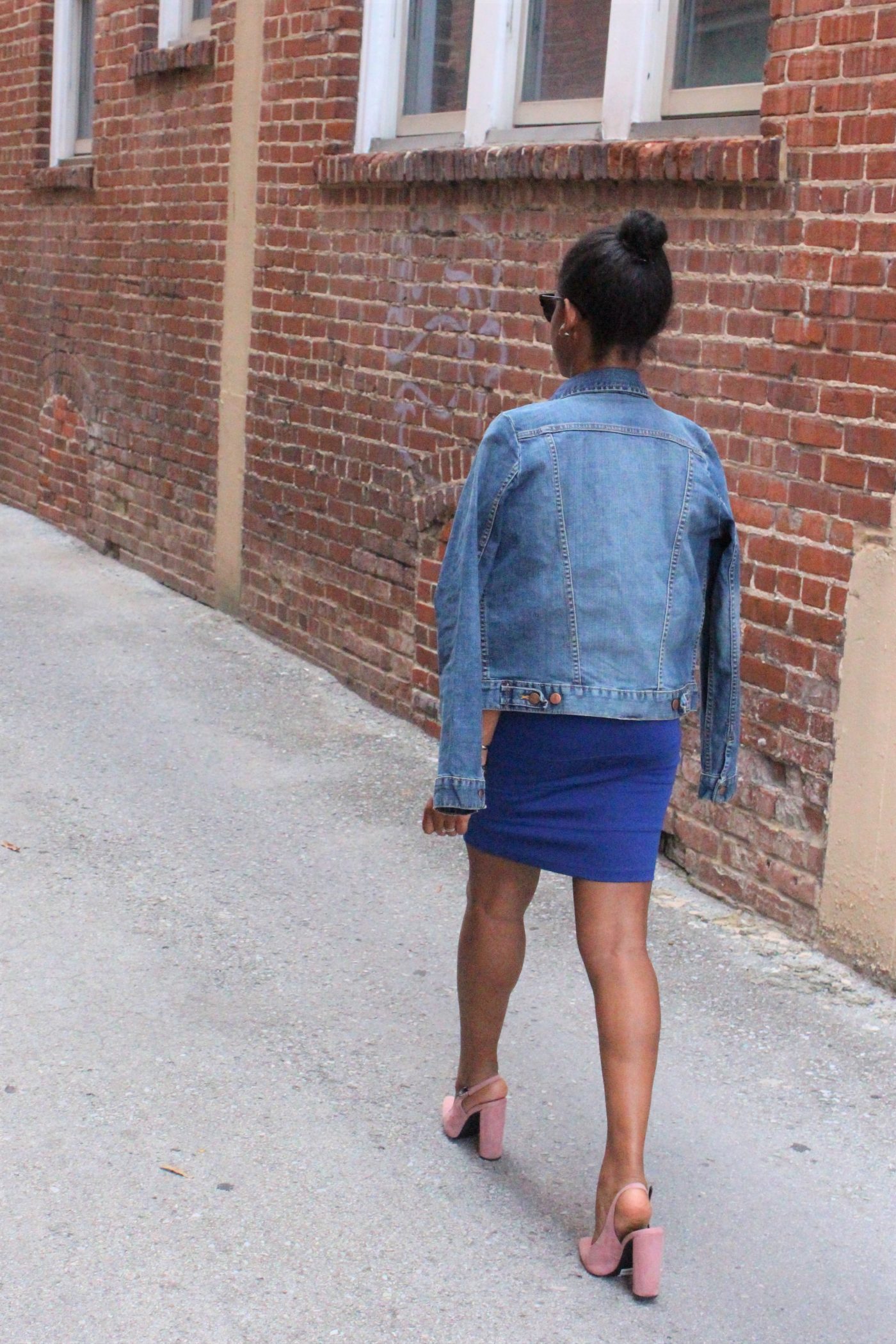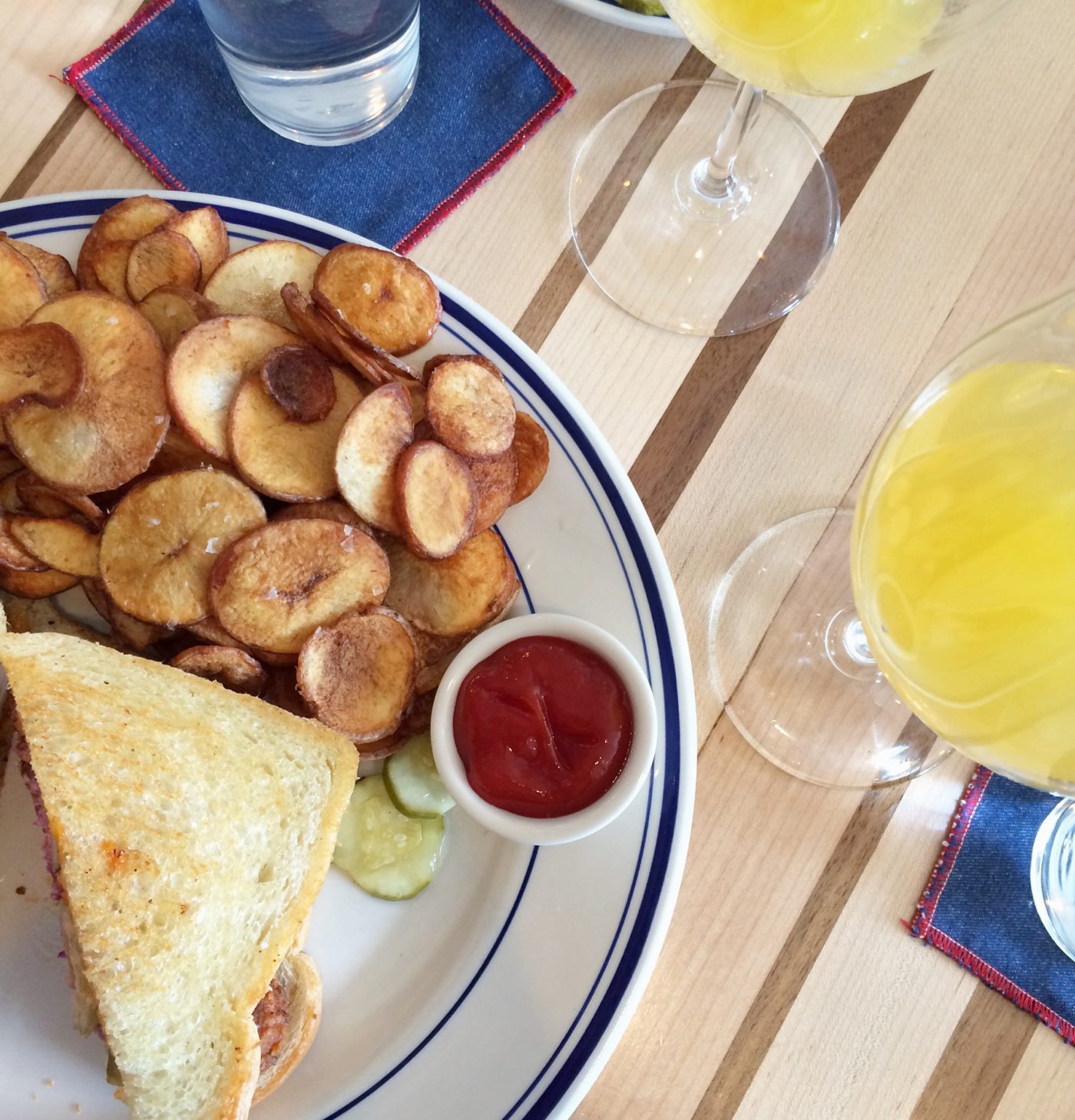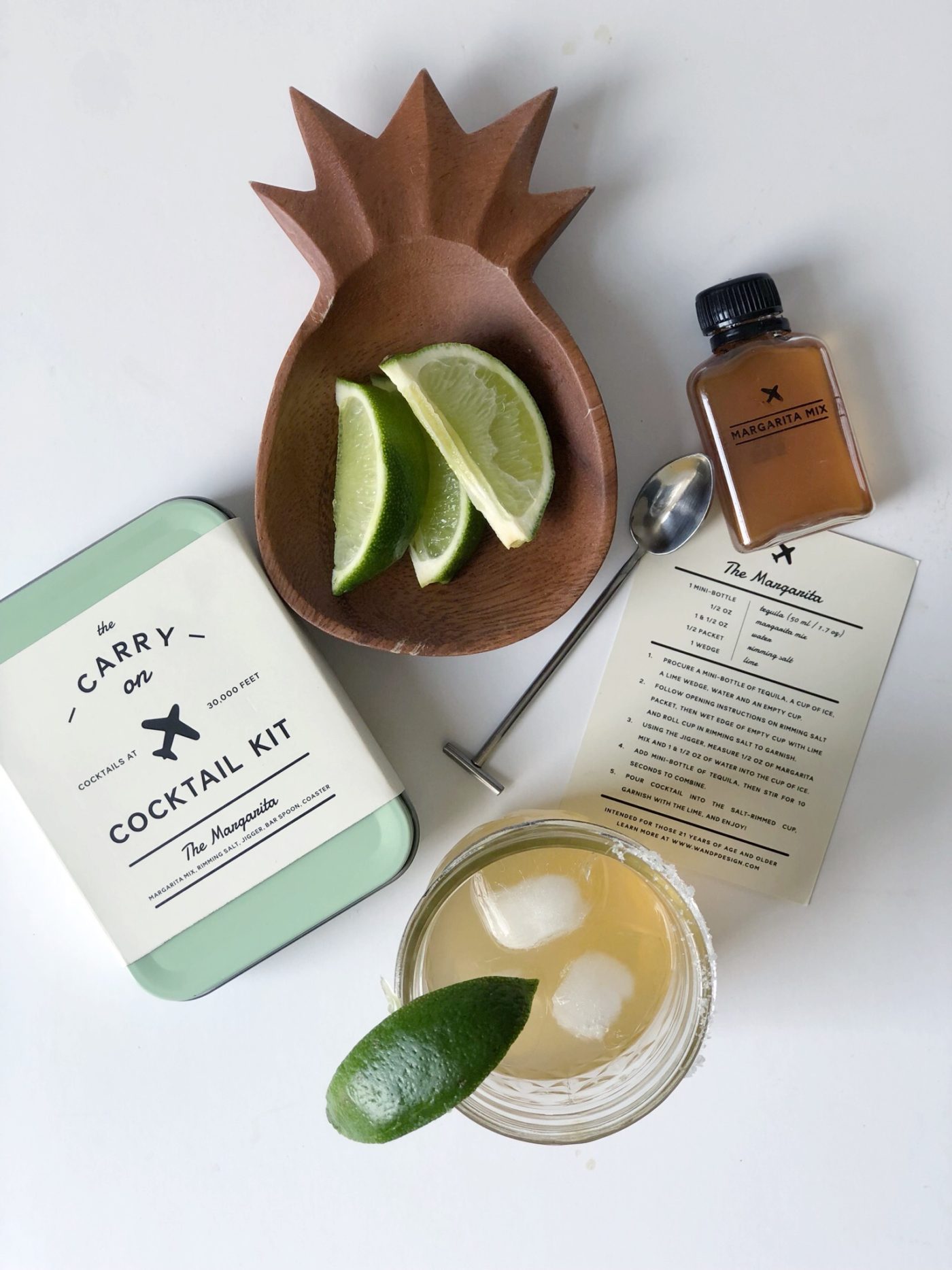 When I started my blog, eight years ago, I had no idea what I was doing. I knew I wanted a platform to talk about my love for cooking and entertaining but beyond that, no idea. In 2010, blogs were a thing but it wasn’t super popular or tremendously over-saturated like it is now. Instagram wasn’t even a platform when I started Eat.Drink.Frolic. so I relied heavily on folks just finding my blog, word of mouth and Twitter. Tough times. As the blogging world has grown, so has the ability to grow and market a business, which I think is pretty cool. Influencer marketing is now part of our lexicon (and another buzzy phrase) – and as I’ve dipped into that world, I find myself wondering: what exactly does diversity in influencer marketing look like? What does it mean?
When I started my blog, eight years ago, I had no idea what I was doing. I knew I wanted a platform to talk about my love for cooking and entertaining but beyond that, no idea. In 2010, blogs were a thing but it wasn’t super popular or tremendously over-saturated like it is now. Instagram wasn’t even a platform when I started Eat.Drink.Frolic. so I relied heavily on folks just finding my blog, word of mouth and Twitter. Tough times. As the blogging world has grown, so has the ability to grow and market a business, which I think is pretty cool. Influencer marketing is now part of our lexicon (and another buzzy phrase) – and as I’ve dipped into that world, I find myself wondering: what exactly does diversity in influencer marketing look like? What does it mean?
As I’ve grown my blog, I continue to love it more and more. Even though I’ve sort of strayed away from using the word ‘blog’ on occasion when describing what I do, I still like doing it. I love the people I’ve met because of blogging and the community I’ve gotten to know. One of the most exciting outcomes of running this site has been the opportunity to collaborate with a variety of brands.
I love working on marketing campaigns and sharing brands that are already part of my life or ones that easily align with my life (paid or not). Truth be told, I don’t have hundreds of thousands of followers on Instagram or here on the blog but I’ve created enough of an engaged community that some brands have seen the benefit in working together. I also have a background in communications and marketing which helps. I know what my audience responds to and I’m confident in my ability to convey a message (those years interning in public relations paid off). But my friends, don’t let all of the #ad disclosures fool you. It’s not all fun and games.

Diversity in influencer marketing – myth?
Earlier this year, I reached out to a local brand for partnership ideas. Lucky for me, a lot of the marketing campaigns I’ve worked on have come to fruition because they found me! Other times, I do the reaching out. I have a spreadsheet of ‘dream brand collaborations’ and occasionally, I’ll make my rounds to reach out to those brands. Sometimes it ends up with us working together, other times it ends up being an ongoing conversation – either way, it’s good.
According to Forbes:
“The benefit of properly engaging with multicultural audiences isn’t vague or elusive: With black spending power projected to reach $1.4 trillion by 2020, this demographic will be setting and influencing trends in everything from technology and media to politics and pop culture.”
That’s cool, right? But unfortunately, some brands haven’t quite figured that out yet. I live in Chattanooga, TN. There are lots of cool locally-made brands, delicious restaurants and national well-known brands located here. Most smart brands have embraced both traditional forms of media (like television) and digital marketing (ex. content marketing). The problem lies with brands who want my/our dollars but only have white faces selling the product.

Don’t get me wrong, every brand is not for me nor am I for every brand. There are times where I’ve passed on a campaign opportunity and there have certainly been times when brands have passed on me. It happens. But that’s not exactly what I’m talking about here.
What really annoys me is the constant dismissal of black dollars and voices in marketing campaigns on a local level. Like I said, I don’t have hundreds of thousands of followers but I have experience and knowledge and I know my experience gets overlooked sometimes. I’ve been at this blogging game for eight years plus (a bonus for many brands). That’s why I’ve had the opportunity to work with brands like Aperol, Campbell’s Soup and ModCloth. I’ve worked with a few (emphasis on few) local brands too.
There are a couple of brands in town that have been notorious for keeping their marketing efforts very bland. I was at a conference recently and someone used the phrase ‘pale, male and stale’. That’s how I’d describe some of these brands. There’s a glaring lack of diversity inside some of these brands in Chattanooga and because it’s not seen as a problem, no one is doing anything to fix it.
The most disappointing part of the lack of diversity in influencer marketing locally is the inability to recognize the problem. When multiple hotel brands host events and photo shoots with local media, bloggers and influencers and THERE ARE NO BLACK FACES, it’s a problem. Perhaps I’m not right for those particular brands but am I to believe no person of color exists in the entire city who is right for them?

So what’s next?
Companies, local and national, have to recognize the need for multicultural marketing. It’s really that simple. I read a tweet very recently, by someone who I’m now considering a friend in my head, which stated: diversity and inclusion aren’t about everyone getting what they want. It’s about everyone getting to voice what they want.
Think about your favorite local or national brand. Do you have a voice? Or do you think someone who looks like you might have a voice? For me, influencer marketing isn’t about complying with FTC rules and putting #ad at the beginning of an Instagram post. It’s about partnering with a brand I like and making suggestions to my friends and followers. But when I constantly see ‘pale, (fe)male and stale’ faces, why would I want to spend my local dollars there? Am I supposed to believe that no person of color interacts with your brand?

Source: CreateHer Stock
“Companies can embrace culturally insightful black next-gen outreach. All they have to do is try.” (Source: Ad Age)
National brands who have a local presence: do better.
Local brands, you can do better too.
All you have to do is try.



Well said, Shawanda. This is an important conversation–thanks for bringing it up. As part of the “pale” demographic myself, I’ve tried to diversify my own feed and follow more people who don’t look like me. It’s just a little thing, but it serves as a good reminder that not everyone looks the same, even if influencer marketing mostly does.
Well said. All of this is so true. It’s like they’re more hooked on the fake captions, high following count (which half are bots and spam), and filtered down IG pictures. Whatever happened to checking out those of use who actually go to these places, write about them(on our own), recommend to our friends and followers, and have actually nice photos that aren’t filtered down?! I might not have a high following but at least all my posts are genuine and I have real followers. Ok. I’m annoyed now, let me stop. Anyway, good post. I hope they be more open-minded in the future.
Excellent post! I am as we speak working on solutions to this very issue 🙂
Glad to hear that, Autumn. Thanks for reading!
Great post! All of this needed to be said and I agree with all of it.
Thanks, Amanda!! xoxo